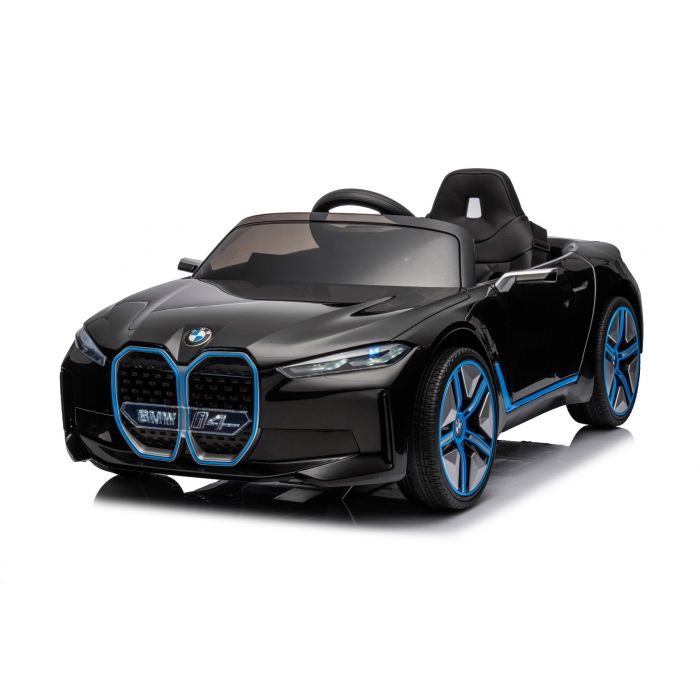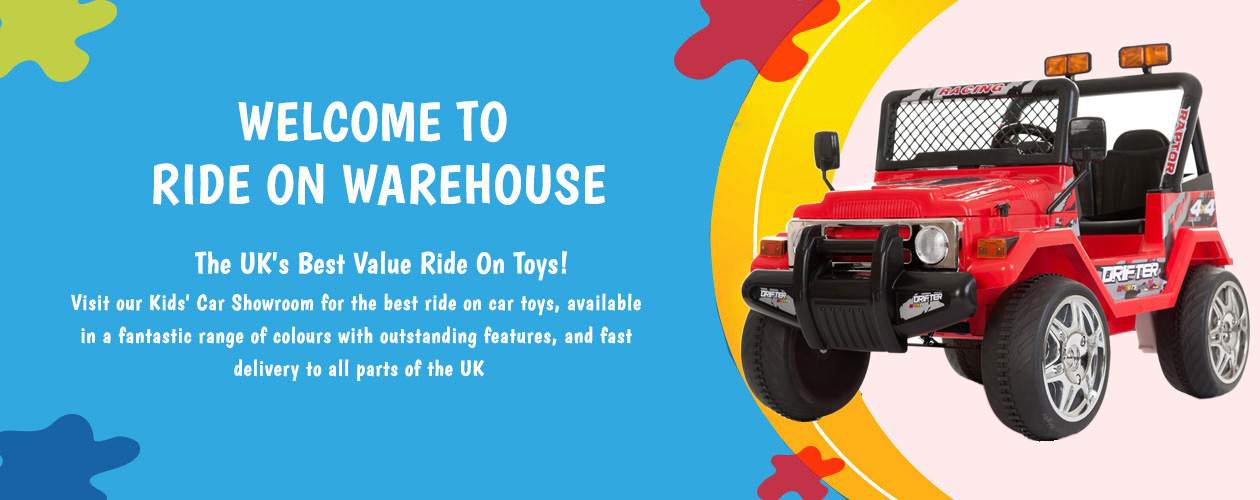Great Advice On Choosing Kids Ride On Cars
Great Advice On Choosing Kids Ride On Cars
Blog Article
What Are The Top Ride-On Vehicles To Purchase For Older Kids As Well As Younger Toddlers?
It's important to consider the age, size and development level of your child when choosing the right ride-on vehicle for them. This will ensure that they're secure and have fun with the experience. Here's how you can consider these factors - Age -
Younger toddlers (1-3 years old) - For toddlers younger than 3 years old choose ride-on vehicles that are specifically designed for their age group. They feature a simple and solid design, basic controls, and features like buttons as well as steering wheels or levers. Select cars that ride on broad bases to ensure stability.
Older Children (3or more years old) As children get older, they are able to handle more advanced ride-on cars with added options and features. Consider cars with adjustable seats, higher weight capacities, and more interactive features like working lights, music, and sounds. Pick a ride-on that has adjustable speed settings and parental control. This allows you to cater for different skill level and ensure the safety of your passengers.
Size
When choosing a ride-on vehicle, consider the weight and height of your child. Select a vehicle with an adjustable height of the seat and a weight capacity that can comfortably accommodate your child's height and weight. Avoid large or small cars that are uncomfortable to drive or dangerous.
Comfort and Legroom: Ensure that your child can sit comfortably and has sufficient legroom in the ride-on. Seating area dimensions should match the height and dimensions of your child.
Developmental Stage -
Motor Skills- Consider your child's abilities in regards to coordination, motor skills and balance when choosing the right car. Littler toddlers might require simpler controls and features to navigate and navigate, while older children are able to navigate more complex controls and interactive features.
Confidence and independence Children can gain confidence and independence as they learn how to steer and control their vehicle. Pick a ride-on vehicle which allows your child to practice steering, accelerating and braking with no assistance, and build confidence with time.
When you are choosing a ride-on automobile, consider your child's preferences and preferences and. Select a car that has themes, colors, or features that appeal to your child's interests regardless of whether it's a vintage automobile or a sports car a truck, or a themed car with a character.
If you think about your child's age, size, as well as their developmental stage, then select a vehicle that is enjoyable, comfortable, and safe. Your child will have endless hours of enjoyment as they explore. Check out the most popular electric kids cars for website info including ride ons, race car toy, ride on digger, race car toy car, cars pedal car, childrens electric cars, kids electric cars, toy ride, toy a car, toy a car and more. . 
What Are The Main Features Of The Ride-On Car?
There are numerous features included in ride-on cars. They come with accessories and features to help make the experience more enjoyable and realistic for kids. Here are a few of the most popular features and additional options available for ride-on vehicles: – working headlights
A lot of ride-on cars come with working headlights that illuminate the road ahead. This enhances the visibility and realistic, particularly in areas with low lighting or at night.
Horn Sounds
The ride-ons usually include a horn that can be pressed or an engine that makes an ominous horn sound. Children can pretend to drive a real automobile and alert others.
MP3 Player Compatible MP3 Player Compatibility
Certain ride-on cars come with MP3 compatibility. It allows kids to connect portable music devices through an auxiliary input port or USB port. They can listen to their favorite songs while driving, enhancing the fun factor of the ride-on car.
Realistic Engine Noises -
Sound effects can be added to ride-on vehicles that mimic realistic engine sounds such as revving sounds or acceleration sounds. This enhances the experience of driving for kids and lets them feel as if they are driving a real vehicle.
Remote Control
Some ride-on vehicles come with a parental remote that lets parents use the car from a distance and also provide assistance or supervision when needed. Parents can control the ride-on vehicle, control the speed of it, and even stop it from a distance. This allows them to feel secure and safe.
Seat Belts -
Seat belts and safety harnesses are commonly found in ride-on vehicles. They offer an extra layer of protection, keeping the child from falling during play.
Doors for Working
Certain ride-on cars have doors that can be closed and opened, allowing children to enter and leave the vehicle quickly and adding to the realism of driving.
Storage Compartment
Certain ride-ons have an enclosed trunk or compartment that can be used by children to store their toys, snacks and other items. This feature can be useful and flexibility.
Adjustable Seats -
Certain ride-ons come with seats that can be adjusted. They can be moved either forward or backwards to accommodate children at different sizes. Others provide extra legroom for children who are growing.
Remote Emergency Stop Button
Some ride-ons include the ability to use a remote for emergency stopping, which allows parents to swiftly stop the car in case there is an emergency or if the vehicle is in a dangerous situation.
These features and accessories contribute to the overall fun, realism, and safety of ride-on cars which allow kids to engage in imaginative play and have fun adventures when driving their own car. View the top JCB ride on toys for more advice including digger ride, kidscars, toy car for car, ride a toy, electric ride on cars, ride on car, car for toy, digger ride, riding digger, toy car and more. . 
What Are The Different Kinds Of Remote Controlled Cars For Children? What Are The Benefits And Disadvantages?
Remote-controlled vehicles for children, also known as RC cars, are available in a variety of designs, sizes and prices that can accommodate different budgets and preferences. Here's a listing of the different kinds of remote-controlled children's cars, including their sizes, price ranges as well as pros and cons.
Electric RC Cars – These are remote-controlled, battery-powered cars that can be operated indoors and out. There are a variety of types of RC cars available, such as Buggies, trucks, and sportscars.
Nitro RC Cars – Gas-powered remote controlled cars with higher performance and speeds however, more expertise and maintenance is required to operate. Electric RC cars are smaller and less expensive.
Scale Models (Remote-controlled replicas) They are miniatures of real-life vehicles such as cars, trucks or planes. Scale models range from 1 -10 to 1-24, with the larger scales providing more detail.
Sizes -
The dimensions of remote-controlled cars for children range from tiny micro-sized models to larger-scale versions. The size of the car can impact the performance, speed and braking characteristics.
Micro-sized cars are small and compact. They're perfect for younger children and indoor use. Larger-scale models have more power and durability and are ideal for off-road racing in the outdoors and for outdoor driving.
Prices
Prices vary based on size, features brand and the build quality.
The cost of small-sized electric RC vehicles may range between $20 and $100. However, larger-scale electric or Nitro RC models are available between $100 and $500.
Model cars in scale and top-of-the-line hobby RCs cost between several hundred and over a 1,000 dollars, depending on how detailed and strong they are.
What are the pros and cons?
Pros -
Entertainment - Remote control for children's cars can provide hours of excitement and enjoyment for children and adults alike.
Skill Development The use of RC vehicles aids in the development of spatial awareness, hand-eye coordination and problem-solving skills.
Social Interaction RC cars are a great way to play with family members and friends, encouraging social interaction and cooperation.
Customization - A lot of RC car models can be modified using aftermarket components, upgrades and accessories to enhance performance and look.
Cons
Cost - Remote control vehicles for children, especially those with high-end features and model that are hobby-grade can be quite expensive.
Learning Curve - Operating an RC Car requires the ability and practice, and younger children might be unable to master the task initially.
Maintenance - Cars with RC engines require regular maintenance, which includes cleaning, lubrication, as well as periodic repairs or replacement of parts.
Safety Concerns - RC vehicles can present safety risks, including crashes, falls as well as electrical dangers, if not used responsibly and under adult supervision.
Remote control cars for children can be a fantastic enjoyable and educational experience. However, it's crucial to select the appropriate model based on aspects such as size, safety, cost and features. Hobby-grade RC cars may be best suited to older children or people who enjoy. Less complicated models are better for younger kids and beginners. Follow the best ride on toys kidscars.co.uk info for website examples including toy car, car toy toy, childrens electric ride on, two seater electric cars, ride on digger, toy cars toy car, lambo toy car, ride ons, car for toy, remote control childrens electric cars and more. .